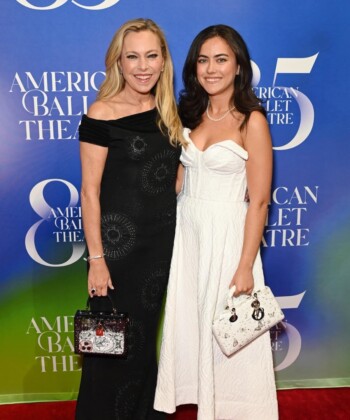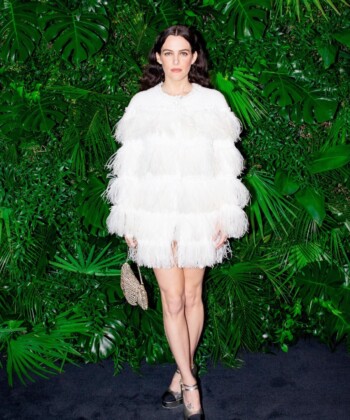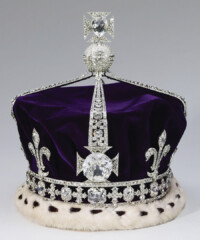Sitting on half an acre near the Via Veneto in Rome, Casino di Villa Boncompagni Ludovisi, locally known as the Villa Aurora, was built as a hunting lodge around 1570. The villa is all that remains of a much larger compound commissioned by Cardinal Francesco Maria del Monte. The lodge is itself a Renaissance masterpiece, but what makes it truly remarkable is the spectacular contents within its walls.
Often referred to as one of Rome’s best-kept secrets, the mansion boasts an abundance of Renaissance art. The lodge was named for a Guercino painting in its entrance hall that beautifully depicts the goddess Aurora in an incredible trompe l’oeil ceiling. The garden contains several statues, including of Pan, the god of fertility, by Michelangelo. The pièce de résistance of the collection was painted over and only discovered in 1968 after a crack in the paint revealed the hidden treasure beneath.
The cardinal was a patron of Renaissance bad boy Caravaggio and commissioned the artist to paint a 9-by-6-foot painting of Jupiter, Neptune and Pluto on the ceiling in his alchemy laboratory, the only known mural that the artist painted on a ceiling. It is believed Caravaggio depicted a very nude version himself in this mural, which could be the reason the mural was whitewashed over later in a more conservative era. Or it could be that the painting portrays the heretical notion that the sun, and not the Earth, is the center of our universe.
The Caravaggio mural, “Jupiter, Neptune and Pluto” (ca. 1597), was put up at auction for 376 million euros by the Boncompagni Ludovisi family under the protection of the Ministry of Culture earlier this year but so far hasn’t sold.






































